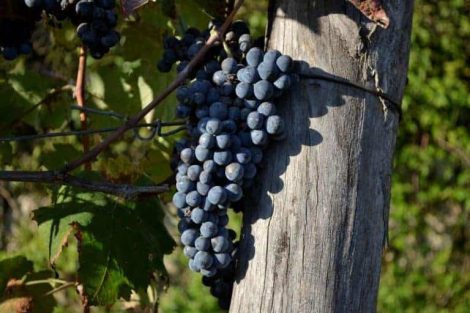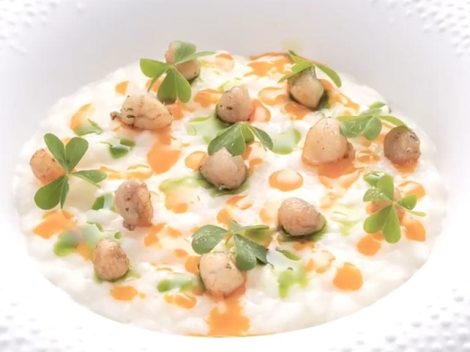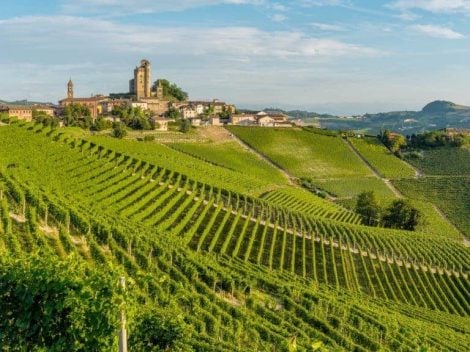Surprise: Italian agriculture is regenerating itself. It's happening thanks to many young people who, thanks to their skills and experience in other sectors, bring totally innovative ideas and business, income and sustainability perspectives. Focused on quality, they also promote culture. An authentic movement is emerging, and which deserves attention. We have investigated it in the September issue of Gambero Rosso (and the new Minister of Agricultural, Food, Forestry and Tourism Policies Teresa Bellanova confirmed our thesis: the future of agriculture belongs to young people). Here's a preview.
Agriculture in Italy
Italy is first in Europe for number of young people employed in agriculture. Thus Coldiretti briefly summarised the Istat data relating to work and unemployment last April 2019. Moreover, the employment of people under-35 in the agricultural sector records numbers in contrast with the youth employment rate in Italy, with an increase percentage over 4% compared to the previous year.
Who are these young people returning to the soil?
It's necessary to clear the air of some stereotypes; this is no romantic idea of a neo-rural system, verging on hippie, implying hermit life and unrepaid effort––this is something that doesn't belong to the agricultural movement in question. This is rather a new, dynamic and evolving movement, which brings together different experiences throughout all of Italy. Identified in these pages substantially is a preview, in the hope and in the conviction that from here a small great revolution in a medium range timeline can change the overall perception of the work of the farmer.
Good? Clean? Just? Yes, but also profitable
The common denominator is first of all an approach to the new agricultural enterprise, because this tends to reconcile economic sustainability with ethical and environmental sustainability. Plus, it's innovative, also because it overcomes the mistrust and the sterile competition between realities that all aim at the same goal: to network––and we will see later how––and thus stimulate the rebirth of productive and regenerated ecosystems, which rediscover the sense of the community and the value of the soil. Without forgetting, however, the fair profit. In short, good, clean and fair. But also profitable. Betting everything on quality (another common essential denominator) can give livelihood to those who have clear ideas, and therefore a programmed vision of agricultural enterprise. The elements that come into play are numerous, and complementary: accurate cost planning, energies and variables in the field, mental flexibility, great communication skills and, why not, an aptitude for marketing. All this, and much more, are the young and very young Italian farmers who are leaving the cities to find their fortune in the countryside.
Earth capital: soil regeneration
At the center of everyone's thought process is always the earth: it's the most important capital and must be respected. The other strong element is the tendency to proximity agriculture made up of small businesses that often work on marginal patches of land to regenerate them, promoting biodiversity and soil fertility: it's perfectly compatible with a profitable entrepreneurial approach, aimed at increasing the quality of the products but also their quantity. It's thanks to new research and technology that often small plots don't mean small crops, au contraire.
The story of Myrtha Zierock proves this. Not even 30 years old and with a head full of very clear ideas. Growing up in the family's biodynamic winery (Foradori) in Mezzolombardo (Trentino), Myrtha studied environmental sciences in Germany, cultivating (pun intended) her penchant, horticulture, that soon went beyond hobby status: "I began to wonder about the quality of food, also driven by my studies on environmental protection: let's not forget that Europe is an agricultural landscape, and we must understand how to keep it alive". The encounter with bio-intensive agriculture did the rest: in Canada she trained and worked for two years at the horticultural farm of Jean Martin Fortier (Jardins de la Grelinette) absorbing the teachings that in the last fifteen years demonstrate the efficacy of an agricultural model that in reality is nothing new––"already in the Paris of the 19th century, to exploit the small plots of land in the peri-urban area, solutions were sought to encourage soil fertility" but that were 'rediscovered' as an effective production system about 30 years ago, in California, by John Jeavons's Ecology Action group.
The bio-intensive method: smaller is better
Why is bio-intensive farming so crucial for this movement of young horticulturists? Because it starts from a different perspective than common thinking––in which it's believed that only large numbers can compete––and is based on the assumption that smaller is better, including for economic results of agricultural enterprise. Firstly, for the possibility of reducing the initial investment, which often risks breaking even the best intentions at the start. And so these young new farmers are basically horticulturists, they cultivate land that does not exceed 1 or 2 hectares of extension, and they do it manually, at most with the help of a rotary cultivator: "Bio-intensive is a term that can be misleading, for this many prefer to talk about market gardening. But the term 'intensive' in this case, is far from the meaning it acquires in conventional agriculture. Here we're talking about stimulating a more intense vitality of the soil," explains Myrtha, who, at the moment, cultivates only 1,000 square meters by rotating a dozen crops: the basic ones, such as lettuce, cabbage, fennel, "so as to ensure consistency even in restaurants that I supply, but also because I want it on the table everyday, feed people every day".
Bio-intensive: how is it done, practically?
Working on tight rotations, green manure and compost to stimulate microbiological activity of the soil, in so-called “convenient” pallets, that is, permanent and raised beds that allow to increase production density per square meter. "For this reason, in winter, we plan sowing and harvesting activity with great care. The cultivation plan is fundamental for controlling the variables and limiting the unexpected. But also to estimate the right product prices. Everything, in a small company, must be optimized: space, energy, costs. The difficulty is to understand well one's own reference market, especially in a produce system such as the Italian one, where of course conventional farming knows how to offer quality as well. So why should a customer pay more for my carrots? I need to know it first, in order to explain it. One limitation of young horticulturists is that they know how to cultivate, but often they don't know how to sell. But one thing is certain: direct sales, when there's quality, cannot cost less".
Fair price. Paying for quality
And here previous skills of each individual come into play. Those who return to the soil have often studied agriculture or environmental sciences; others, instead, come from very different paths, and put their inclinations to good use. Nicola Savio, from Officina Walden (Lessolo, Piemonte) is a veteran of this movement (the company has existed since 2010), before working in the restaurant business; today he's a reference point for the youngest, producing vegetables on a hectare of land in the Canavese area––"where we also try to experiment with programming models to share with others"––but also provides training, as well as selling ergonomic tools for horticulture: "For some years now a veritable small agriculture pros have begun to be structured, and this also favours the birth of new realities. After the brief enthusiasm of "living in beautiful nature with goats", we must organize ourselves and rationalize our skills. Data tells us that one farmer commits suicide in France every two days. And then there's no room for improvisation: you need to study the context, set the models on your own reference reality. We always start with soil fertility, which is our founding capital. But those who arrive today can make their contribution with their skills in ecology, biochemistry, technological innovation. We want to do business, certainly not work for subsistence. We produce quality products to sell. Being small? Helps to better modulate efforts, to change mid race. Provided we be organized”.
by Livia Montagnoli
illustrations by Marcello Crescenzi


 Sparkling wines surpass still wines in Italian out-of-home consumption. Most popular during the aperitif
Sparkling wines surpass still wines in Italian out-of-home consumption. Most popular during the aperitif American Barbecue wins a Michelin star for the first time in history
American Barbecue wins a Michelin star for the first time in history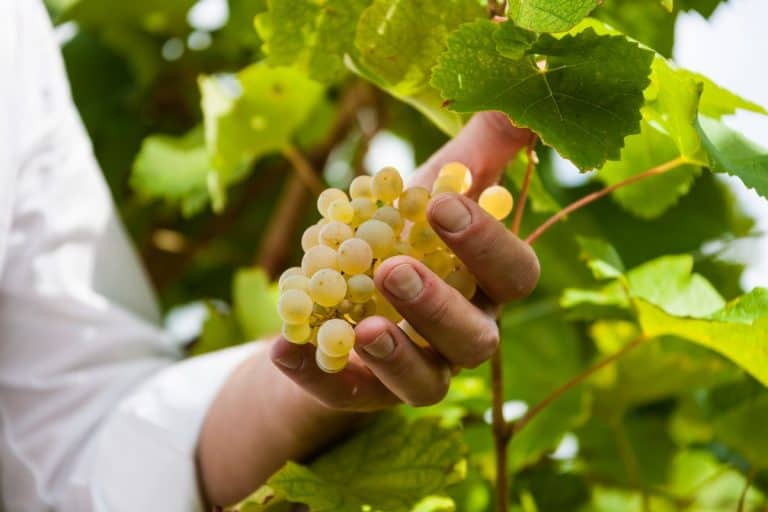 Prosecco Superiore: the 8 best selected by Gambero Rosso
Prosecco Superiore: the 8 best selected by Gambero Rosso Italian wineries face rising debts and falling revenues as wine industry grapples with economic uncertainty
Italian wineries face rising debts and falling revenues as wine industry grapples with economic uncertainty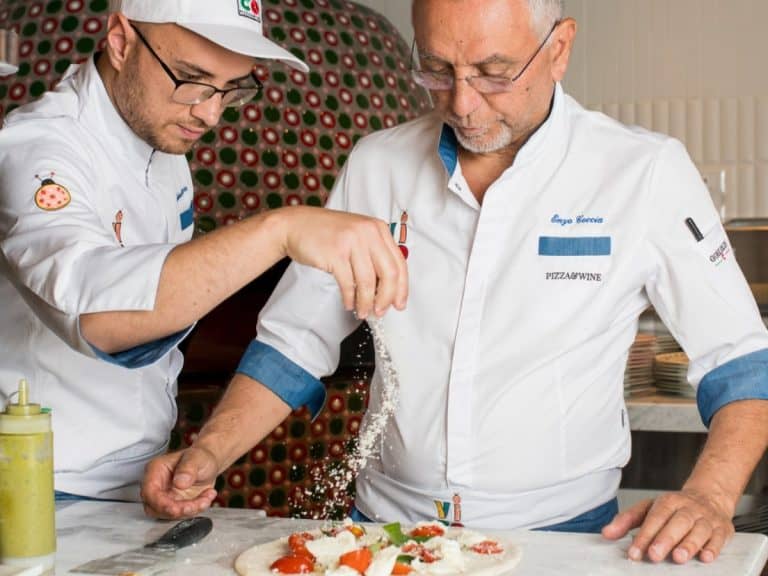 Enzo Coccia leaves Rome for an ambitious project in the United States: "but La Notizia stays"
Enzo Coccia leaves Rome for an ambitious project in the United States: "but La Notizia stays"


